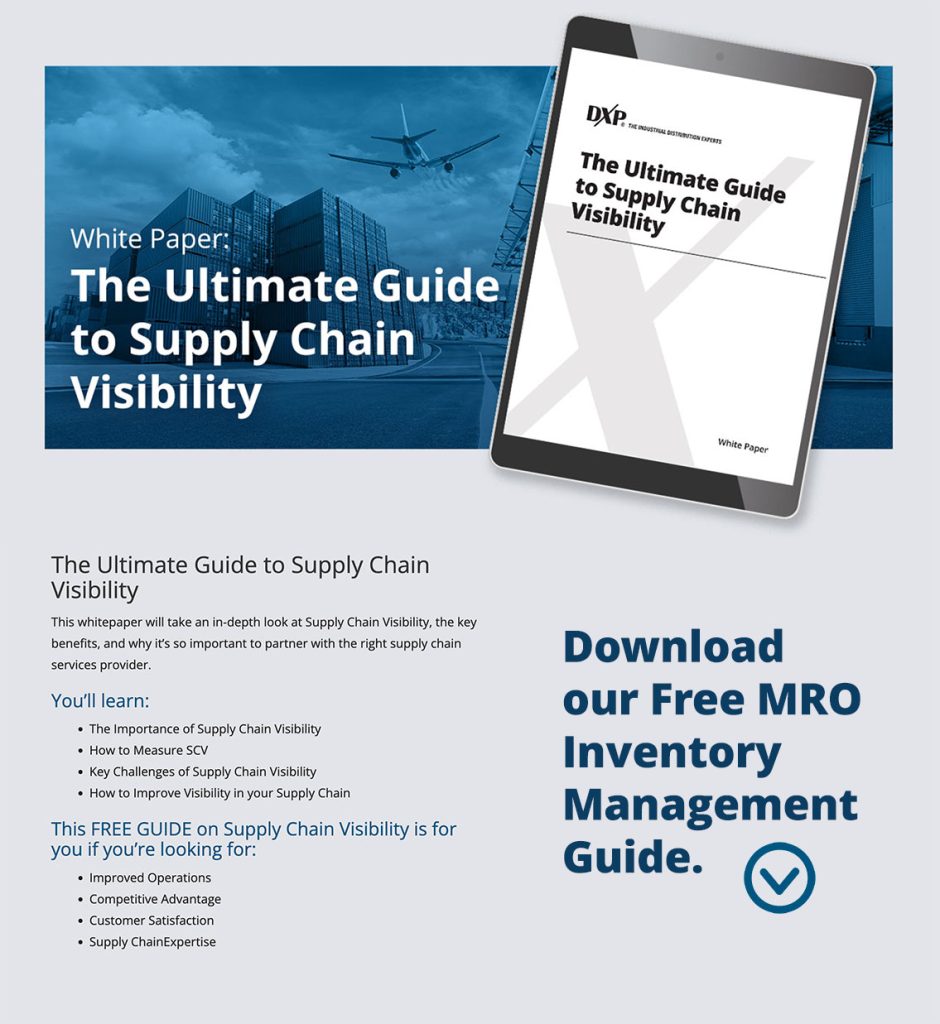
Best Ways Companies Can Cut Carbon Emissions (6 Emission Reduction Strategies)
As climate change and environmental sustainability become increasingly critical issues, companies worldwide are stepping up to reduce their carbon emissions and play their part in creating a more sustainable future. Reducing carbon emissions not only aligns with environmental stewardship but also makes good business sense by improving operational efficiency and reducing costs.
Here are some of DXP’s best carbon emission reduction strategies that your company can adopt.
1. Embrace Renewable Energy Sources
Companies can play a transformative role in reducing carbon emissions by embracing renewable energy sources. The shift from traditional fossil fuels to solar, wind, hydroelectric, and other sustainable alternatives not only diminishes greenhouse gas emissions but also showcases a commitment to a cleaner energy future.
Investing in solar panels, wind turbines, or procuring energy from renewable providers offers a dual advantage: curbing environmental impact while reaping the benefits of long-term cost savings.
This transition also positions companies as leaders in the global sustainability movement, inspiring others to follow suit. By harnessing the power of renewable energy, businesses can illuminate a path towards a greener, more resilient economy while contributing to the global effort to combat climate change.
2. Implement Energy Efficiency Measures
Implementing energy efficiency measures stands as a cornerstone in companies’ efforts to reduce carbon emissions. By conducting comprehensive energy audits and identifying inefficiencies in lighting, HVAC systems, insulation, and machinery, businesses can uncover opportunities for improvement.
Upgrading to energy-efficient technology, implementing remote monitoring equipment, and optimizing operational processes can yield substantial reductions in carbon footprint. Beyond environmental benefits, energy efficiency measures often translate to significant cost savings, enhancing a company’s bottom line.
This approach showcases a commitment to sustainability while simultaneously boosting operational efficiency, making it a win-win strategy for companies striving to create a more environmentally responsible and economically resilient future.
3. Optimize Supply Chains
Reducing carbon emissions through supply chain optimization is a powerful strategy that holds the potential to revolutionize industries. By streamlining processes, minimizing transportation distances, and selecting suppliers with strong environmental practices, companies can significantly curtail their carbon footprint.
Embracing sustainable sourcing and packaging materials further bolsters these efforts. The ripple effect of integrated supply chains extends beyond carbon emission reduction – it fosters collaboration, encourages innovation, and sets new benchmarks for responsible business practices. As companies strive for a greener future, supply chain optimization emerges as a key driver in the transition towards a more sustainable and efficient business landscape.
4. Set Clear Emission Reduction Goals
Setting clear CO2 emission reduction goals is a strategic imperative for companies committed to corporate sustainability. By establishing specific, measurable, achievable, relevant, and time-bound (SMART) targets, businesses create a roadmap to guide their carbon reduction efforts. Transparently communicating these objectives to stakeholders fosters accountability, drives innovation, and positions companies as responsible industry leaders.

Clear carbon emission reduction goals not only steer companies towards a low-carbon future but also send a powerful message about their dedication to environmental stewardship and a resilient tomorrow.
5. Educate and Involve Employees
Reducing carbon emissions becomes a collective effort when companies prioritize educating and involving their employees. By fostering awareness and understanding of energy-saving practices, waste reduction, and sustainable behaviors, businesses empower their workforce to actively contribute to carbon emissions reduction projects.
Engaging employees in sustainability workshops, green committees, and innovation programs encourages the exchange of ideas and generates a sense of ownership in environmental conservation. The synergy between informed and motivated employees amplifies the impact of emission reduction strategies, creating a culture of responsibility and positive change. Involving employees not only strengthens a company’s sustainability efforts but also cultivates a deeper commitment to a greener future among its workforce.
6. Transparent Reporting
Want to learn how to reduce your company’s carbon footprint? Transparently reporting carbon emissions and reduction efforts fosters accountability and builds trust with stakeholders. Publicly disclosing emission data and showcasing progress can also enhance a company’s reputation as a sustainability leader.
By adopting a combination of these emission reduction strategies, companies can significantly cut their carbon emissions, contribute to mitigating climate change, and pave the way for a more sustainable and prosperous future.
Achieve Your Company’s Sustainability Goals with DXP by Your Side
Elevate your journey towards sustainability with DXP as your trusted partner. Our expertise in innovative solutions and commitment to environmental stewardship make us the ideal ally to help your company achieve its ESG goals.
From energy-efficient equipment to responsible supply chain strategies, we’ll work closely with you to tailor solutions that align with your vision for a greener future. Join us in making a positive impact on the planet while driving operational efficiency and success.
Contact us today to embark on a sustainable transformation with DXP.

